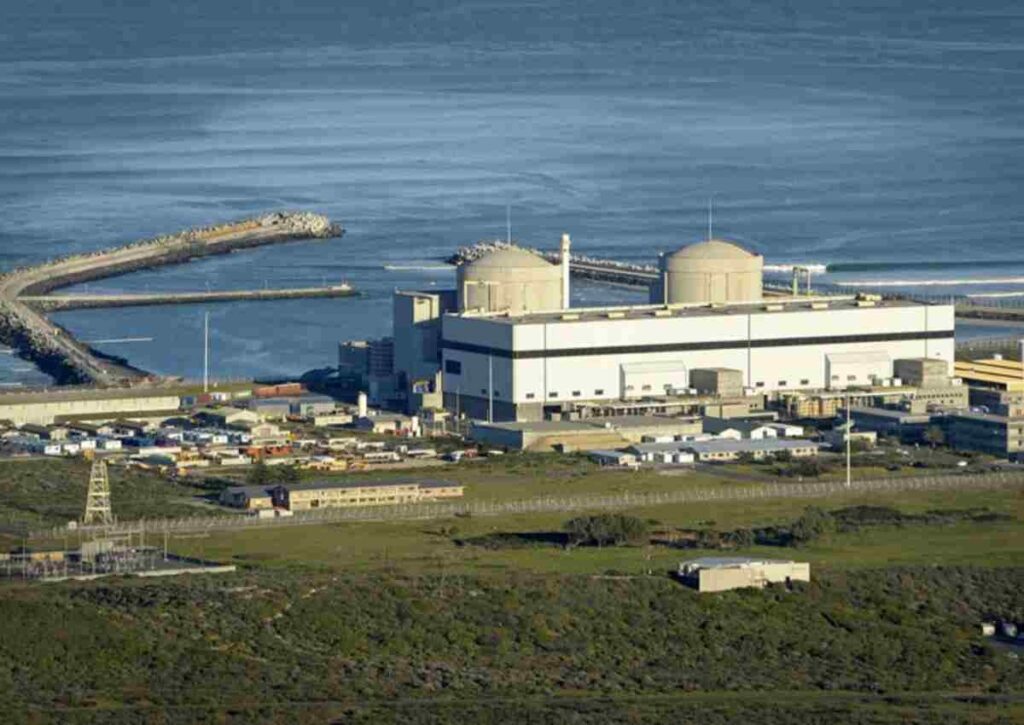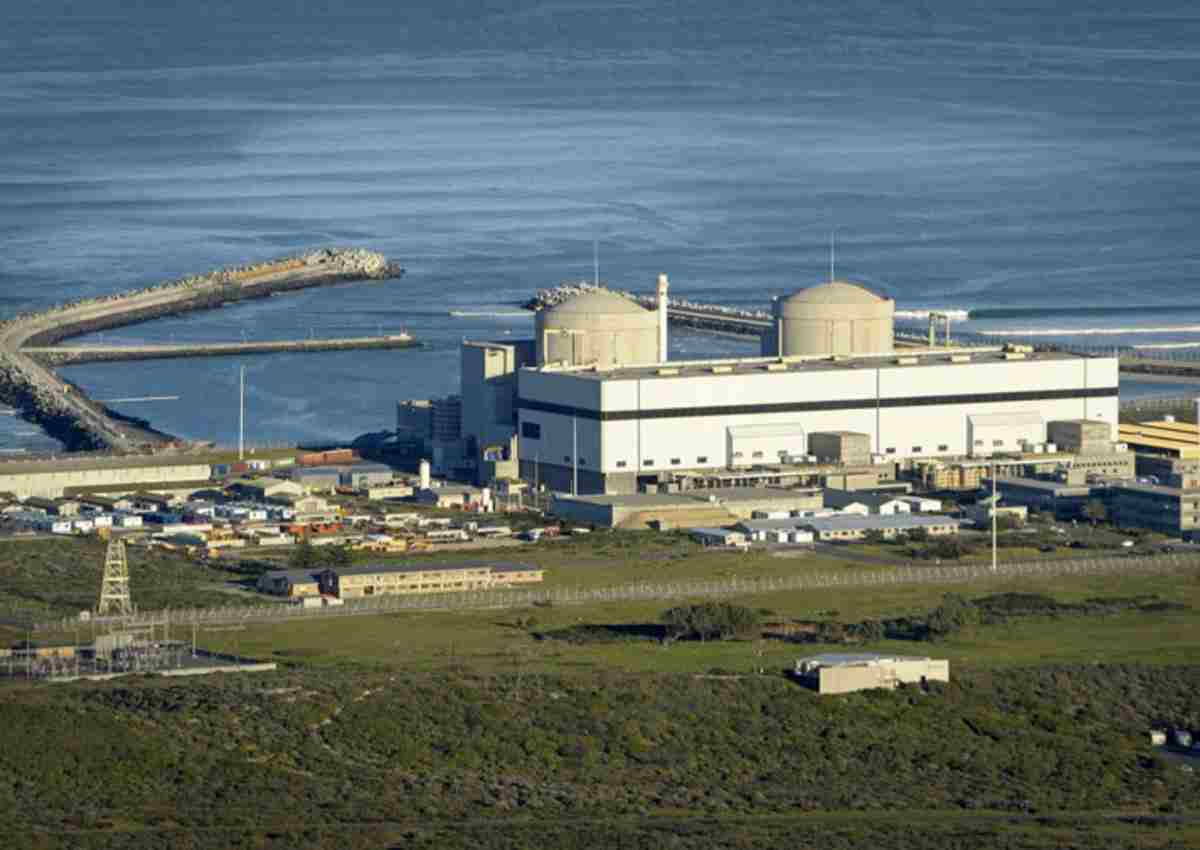At a Glance
- South Africa confirms construction of a new nuclear plant near Duynefontein, adding four gigawatts of capacity.
- Koeberg nuclear station approved to operate until 2045; modular reactor program revived.
- The government plans global partnerships to fund, design, and develop nuclear technology, reducing reliance on coal.
South Africa is taking a decisive step toward reshaping its energy future as the government confirms plans to expand nuclear capacity and revive projects long considered stalled.
The move aims to stabilize a national electricity system weakened by years of rolling blackouts, expensive diesel use, and pressure to reduce dependence on coal.
Energy experts say the country needs a reliable mix of power sources, combining steady baseload generation with growing renewable energy.
Nuclear power, long debated for its costs and construction timelines, is now back at the center of South Africa’s energy strategy.
Officials see it as essential for ensuring uninterrupted electricity for households, businesses, and industrial operations.
At a briefing on Sunday, Electricity Minister Kgosientsho Ramokgopa confirmed the government will move forward with construction of a new nuclear station near Duynefontein, close to Cape Town.
The project is expected to add four gigawatts of capacity initially and restart South Africa’s modular reactor program. Ramokgopa also said regulators approved extending the life of the Koeberg nuclear power station to 2045, securing its role as a cornerstone of the national grid.
The expansion will include reopening a fuel development laboratory, a helium test facility, and identifying new nuclear waste storage sites.

International partnerships to support nuclear expansion
The government plans to collaborate with international partners on financing, reactor design, and technology development.
The strategy reflects a shift toward global cooperation, seeking cost-effective ways to expand power generation and reduce emissions.
A revised Integrated Resource Plan approved in October outlines R2.23 trillion ($131 billion) in energy investments through 2042, with nuclear power expected to take a growing share as South Africa gradually moves away from coal-fired plants.

Modular reactor revival
A key element of the strategy is the return of the modular pebble-bed reactor concept first developed by Eskom in 1999.
Initially seen as a potential export product that could generate significant revenue, the program stalled in 2010 after nearly $1 billion in early investment.
Officials now say the technology may still play a role in future nuclear development, offering flexible, low-emission options to complement South Africa’s energy mix.
South Africa’s renewed focus on nuclear power underscores the urgency of stabilizing the national grid.
Rising demand and aging infrastructure have left the system under pressure, and government officials say investment in nuclear energy is critical to building a more reliable electricity supply for decades ahead.





